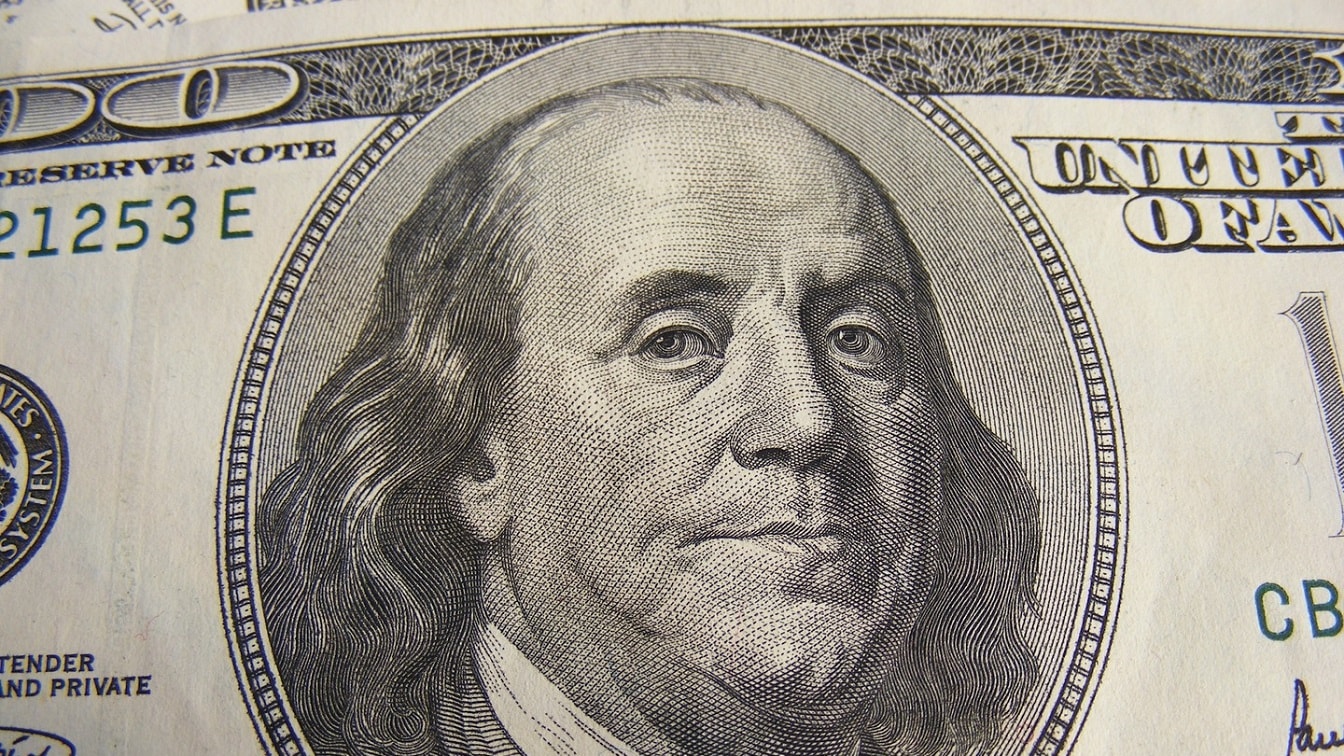Until negotiations in Vienna over Iran’s nuclear program were paused, the potential for a revival of the Joint Comprehensive Plan of Action seemed strong. Its current prospects, however, remain uncertain. A revitalized deal would impact various sectors, but especially oil production, since it would lift U.S. sanctions on Iranian crude oil.
Soaring oil prices across the globe have given Tehran some opportunity to profit. But while the recent surge in oil revenues has brought some relief to the regime, a complete rollback of sanctions via the JCPOA would immediately boost the country’s oil exports.
Crude Fall
A year after the onset of the JCPOA, the U.S. and European nations lifted oil sanctions on Iran, unfreezing tens of billions of dollars’ worth of Iranian assets that streamed largely from oil sales. After the U.S. left the JCPOA under the Trump administration in 2018, sanctions were reimposed. Iran’s production and export of oil fell dramatically, and revenues fell with it. According to CSIS, Iran’s crude output dropped from 3.81 million barrels per day in 2018 to 2 million bpd in 2019.
Despite the sanctions, Iranian oil barrels and tankers have been detected. (Tankers can turn off their transponders at sea, hiding the origins of the oil they carry.) Oil exports over the last year have also increased at a curious speed. The U.S. Energy Information Administration estimated that Iranian exports grew from 0.4 million bpd in 2020, to 1 million-1.2 million bpd in 2021.
What a New Deal Would Do
Under a revitalized JCPOA, Iran would probably double its export volume, and fast. The regime showed that ability when the JCPOA was first established in 2015. According to CSIS, “Citigroup estimates that Iran’s exports could increase by 500,000 b/d as soon as July and August, although the pace would depend on the exact terms of a deal. A crude output increase of 1 million b/d by the first quarter of 2022 seems feasible.”
Iran’s Oil Minister Javad Owji mirrored this idea in March, adding that Iranian oil production capacity could reach its maximum just weeks after a new nuclear deal is finalized. Under the original deal, the U.S. waived sanctions on purchases of Iranian oil, a practice that ended after the Trump administration withdrew. Prior to that reversal, China, Turkey, and India were among the top importers of Iran’s crude oil. These same countries would probably benefit first from the deal’s revival.
While most experts agree that Iran would be able to produce and export larger amounts of crude oil if a new deal is reached, the current prospects for a revived JCPOA are weak.
Maya Carlin is a Middle East Defense Editor with 19FortyFive. She is also an analyst with the Center for Security Policy and a former Anna Sobol Levy Fellow at IDC Herzliya in Israel. She has by-lines in many publications, including The National Interest, Jerusalem Post, and Times of Israel.

